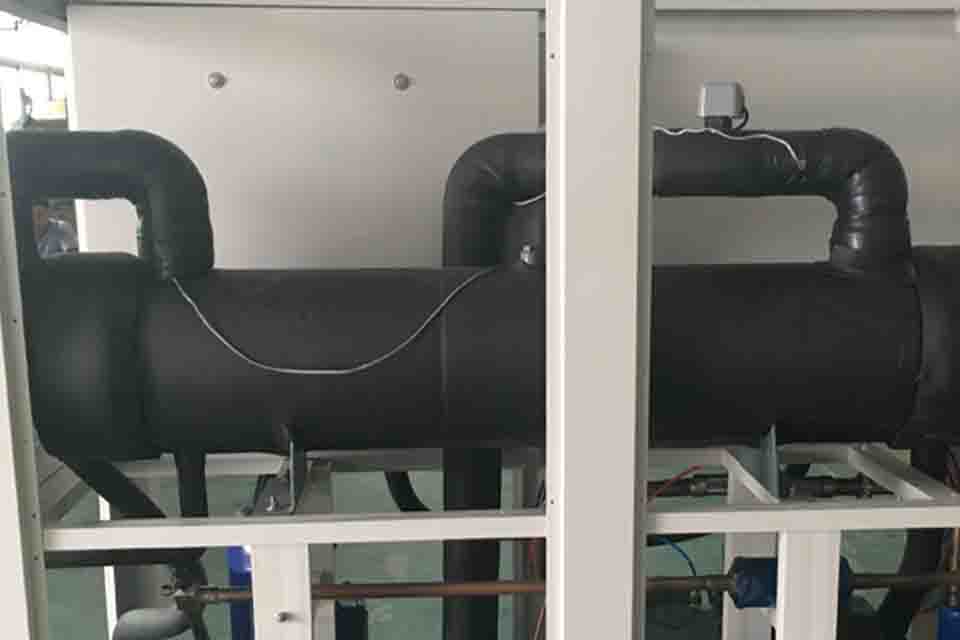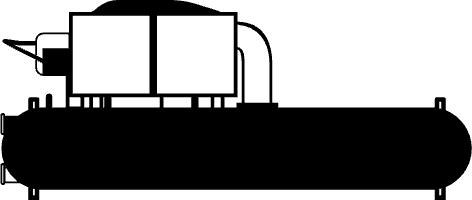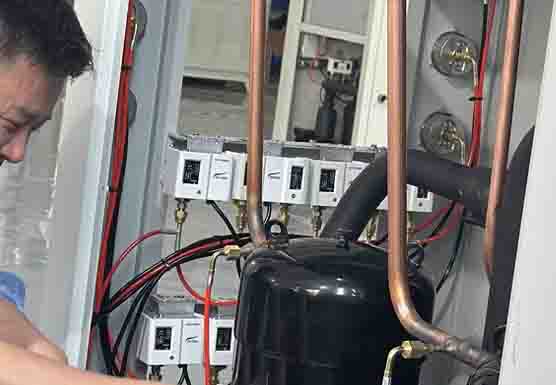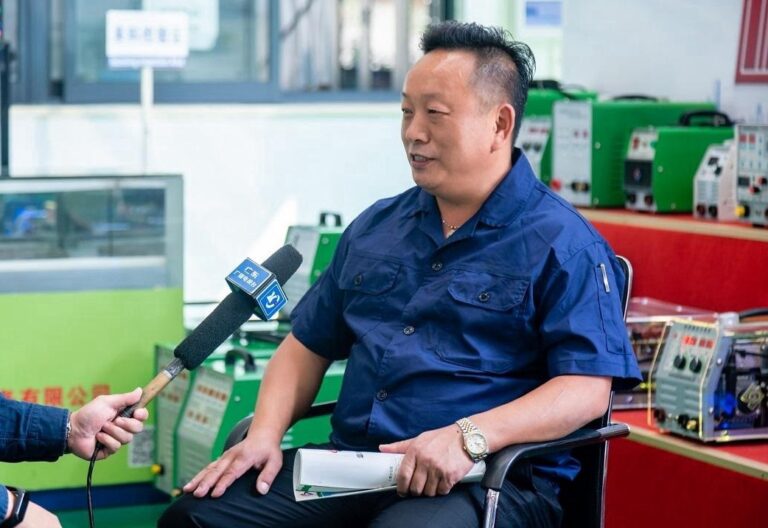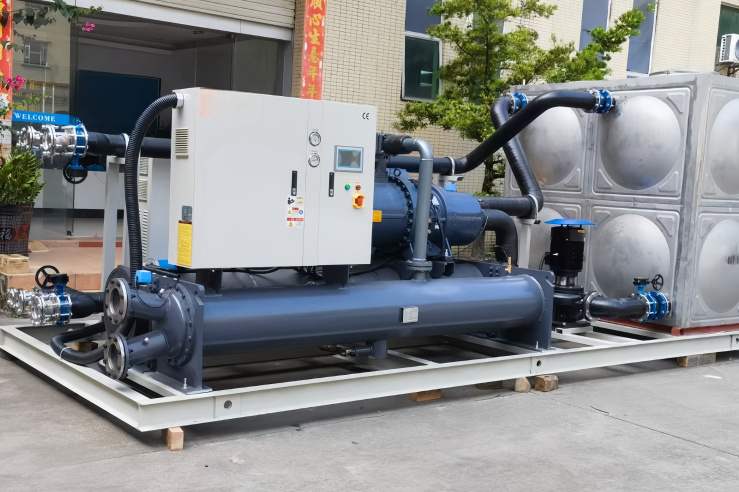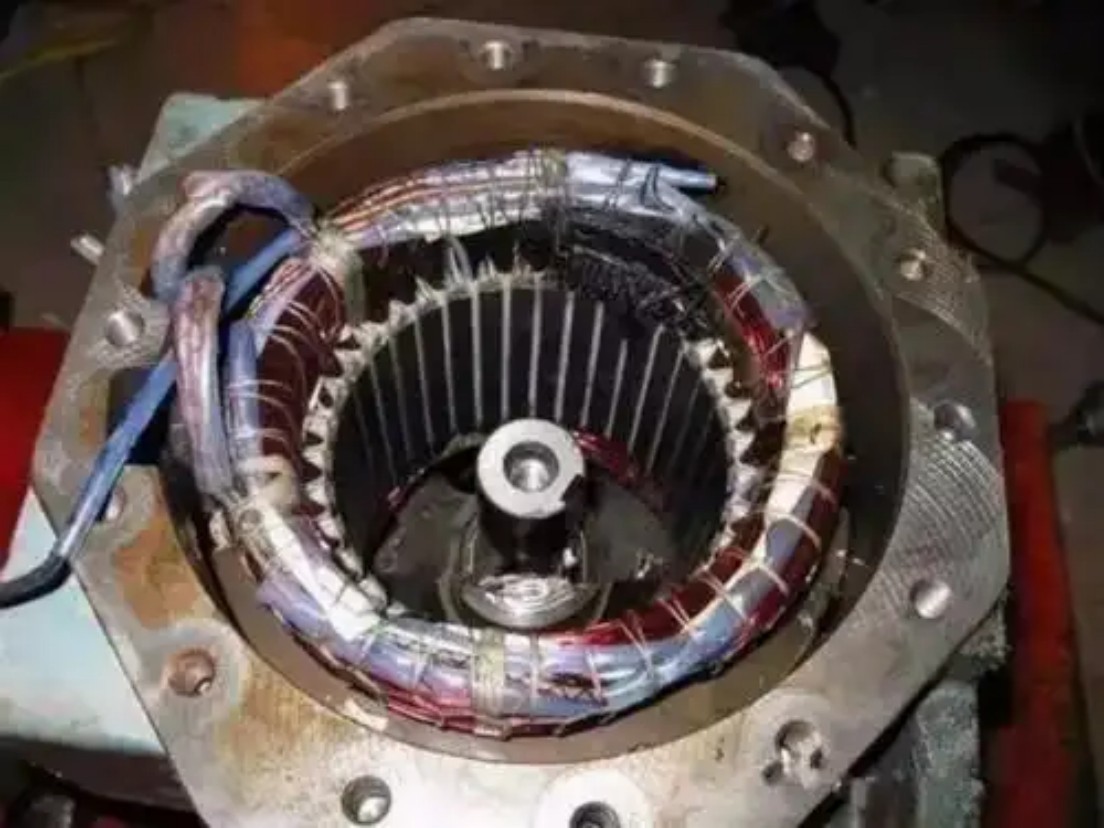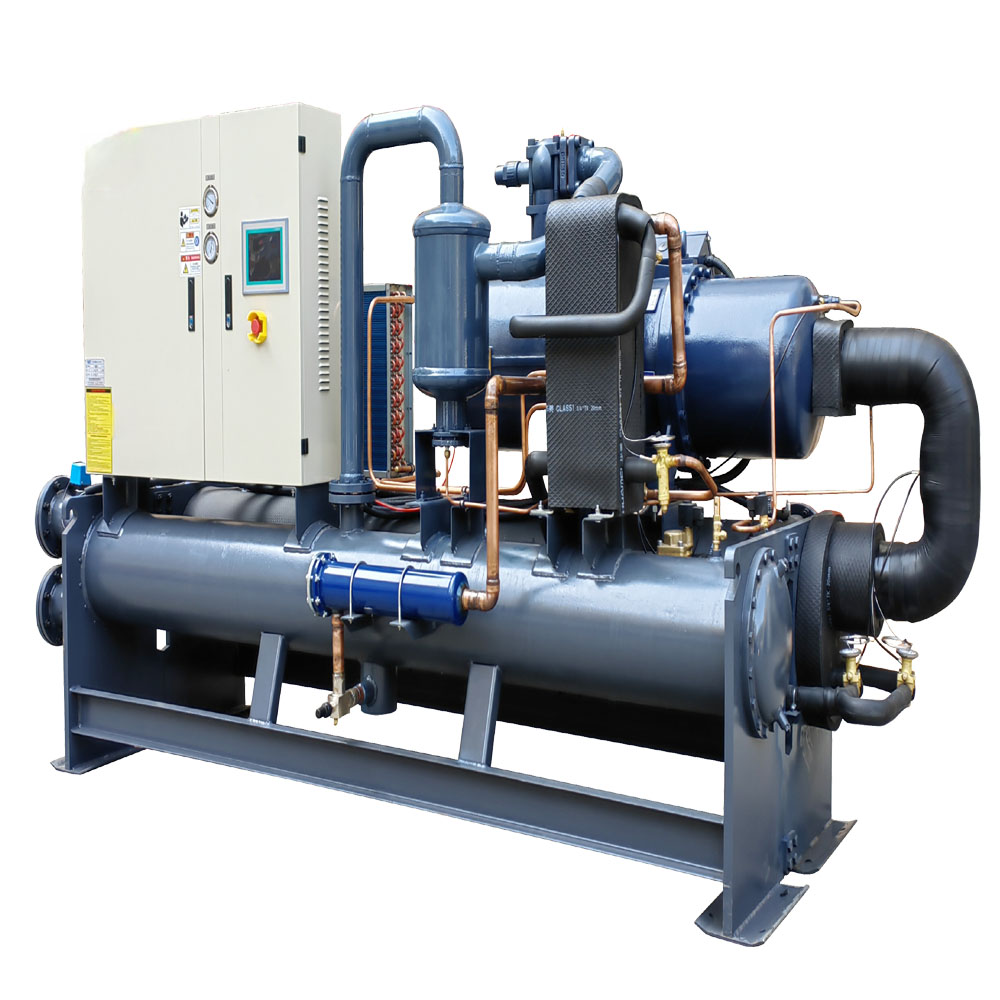-
달링산 산업 광동

how do i choose my chiller
Choosing the Right Chiller: A Step-by-Step Guide for Your Application
이 문서에서는 다음 방법에 대한 포괄적인 가이드를 제공합니다. select a chiller that perfectly fits your needs, focusing on industrial applications. It covers the critical factors you must consider to ensure optimal performance, efficiency, and longevity of your 냉각기 시스템. Whether you’re in the Plastics and Rubber Industry, Machining Industry, or any other sector requiring precise temperature control, this guide is designed to help you make an informed decision, ultimately leading to cost savings and improved operational efficiency. This article is a worthwhile read because it breaks down complex technical details into simple, understandable language, ensuring that even those new to 냉각기 can grasp the essential concepts and make the 최고의 냉각기 choice for their specific requirements.
목차
산업용 냉각기란 무엇이며 어떻게 작동하나요?
안 산업용 냉각기 이다 냉장 시스템 that removes heat from a liquid via a vapor-compression or absorption refrigeration cycle. This cooled liquid then circulates through a heat exchanger to cool equipment or another process stream (such as air or process water). As a necessary component, 냉장 creates a continuous cycle of cooling and heat transfer.
In essence, a 냉각기 functions by circulating a 냉각수, typically water or a water/글리콜 mixture, through a closed-loop system. The 냉각수 absorbs heat from the process or equipment, which then flows to the 냉각기 여기서 냉매 내에서 냉각기 열을 흡수합니다. 압축기 그런 다음 압력과 온도가 증가합니다. 냉매, which then flows to the 응축기. Here, the heat is released, either to the ambient air in 공냉식 냉각기 or to a separate water source in water-cooled systems. My experience has shown me that understanding this basic principle is crucial for anyone operating in an industrial setting.
Why is Selecting the Correctly Sized Chiller Crucial?
Selecting a correctly sized chiller is vital for maintaining optimal performance and efficiency in your operations. An 크기가 작은 냉각기는 항상 struggle to meet the cooling demands, leading to inadequate 냉각 and potential damage to your process equipment and the process itself. My personal experience emphasizes that this can result in costly downtime and reduced productivity. This leads to issues where the 냉각기는 절대로 안될거야 에게 properly cool the process equipment, leading to overheating and potential damage. Conversely, an oversized chiller will never operate at its peak efficiency, leading to higher energy consumption and unnecessary operational costs. Plus, the temperature will not be stable. . 냉각기 might cool the process too quickly, leading to short cycling, where the 냉각기 turns on and off frequently. This not only wastes energy but also puts extra wear and tear on the 냉각기 components, reducing its lifespan. The oversized chiller will never be able to run at its rated capacity. Also, the initial investment for an oversized unit is higher, and it may require more space around the chiller for proper ventilation and maintenance, adding to the overall cost and complexity.
In simple terms, one size does not fit all. Getting the correct chiller 크기 ensures that the system can handle the 냉각 부하 efficiently, maintaining the desired process water temperature and extending the lifespan of your equipment. An 크기가 작은 냉각기 is like trying to cool a large room with a tiny fan – it simply won’t work efficiently. On the other hand, an 대형 냉각기 is like using a massive air conditioner to cool a small closet – it’s overkill and wasteful. The 정확한 크기 보장합니다 냉각기 operates within its optimal range, providing efficient 냉각 without unnecessary strain.
What are the Main Types of Chillers?
Broadly speaking, 냉각기 are categorized into two main types based on their heat rejection method: 공랭식 and water-cooled. 공냉식 냉각기 use ambient air to dissipate heat, while 수냉식 냉각기 물을 사용하다 냉각탑 or other water source.
공냉식 냉각기 ~이다 easy to install and require less maintenance than water-cooled systems. They are typically preferred in applications where water is scarce or where a simple, self-contained system is desired. 공냉식 냉각기 are typically 사용된 when the heat from the 냉각기 can be exhausted directly outside. However, they can be less efficient in 높은 주변 온도. My firsthand experience confirms that these chillers are ideal for smaller setups. These 냉각기 use fans to blow ambient air across a 응축기, which cools the 냉매.
| 기능 | 공냉식 냉각기 | 수냉식 냉각기 |
| 설치 | Simpler, no need for a cooling tower | 더 복잡하고 냉각탑 또는 수원이 필요합니다. |
| 유지 관리 | Lower, fewer components to maintain | Higher, requires regular cleaning of cooling tower |
| 능률 | Generally lower, especially in high ambient temperatures | Generally higher, more consistent performance |
| 공간 | Can be larger, requires clearance for airflow | Can be smaller, but requires space for cooling tower |
| Noise | Louder due to fans | Quieter operation |
| 물 사용량 | No water consumption | 지속적인 물 공급이 필요합니다 |
| 애플리케이션 | Suitable for smaller to medium cooling loads | Ideal for large cooling loads and high-heat environments |
| 비용 | Lower initial cost | Higher initial cost |
| 에너지 사용 | More in warm temperatures | Less, efficient cooling |
| Indoor/Outdoor | Outdoor | Indoor |
수냉식 냉각기 더 많다 efficient than air-cooled units, especially in 높은 주변 온도, because water is a more effective 열 전달 medium than air. They require a separate 냉각 water source, which can be a 냉각탑, a well, or a municipal water supply. 수냉식 냉각기 are generally more 효율적인 because water has a higher heat capacity than air, meaning it can absorb more heat. These 냉각기 circulate water through a 응축기, which absorbs the heat from the 냉매. The heated water is then pumped to a 냉각탑 where the heat is dissipated. 수냉식 냉각기 are ideal for large industrial applications where efficient 냉각 is critical and a reliable water source is available. While they require more maintenance, their energy efficiency often leads to lower operating costs in the long run. Additionally, they can be installed indoors, which protects them from weather elements and allows for easy inspection and maintenance. They are well-suited for large industrial applications where a reliable 냉각 source is available. From what I’ve seen, they are the go-to choice for large-scale operations. Also, 수냉식 냉각기 are typically placed indoors, while 공냉식 냉각기 are usually placed outdoors.
How to Determine the Cooling Load for Your Application?
결정하기 냉각 부하 is a critical step in selecting the correct 냉각기 크기. . 냉각 부하 is the amount of heat that needs to be removed from the process or equipment to maintain the desired temperature. It’s usually measured in tons of refrigeration or BTUs per hour.
There are several methods to calculate the 냉각 부하, including using the flow rate and temperature difference (입구와 출구 water) or by assessing the heat generated by the equipment itself. For instance, the formula to calculate the required 냉각기 capacity based on water flow rate and temperature change is:
Cooling Load (BTU/hr) = Water Flow Rate (gallons/min) * 500 * (Inlet Water Temperature (°F) – Outlet Water Temperature (°F))
만약 inlet water temperature is 65°F and the outlet water temperature is 55°F, and the rate of flow is 10 gallons per minute, then:
Cooling Load (BTU/hr) = 10 * 500 * (65 – 55) = 50,000 BTU/hr.
It’s crucial to consider all sources of heat generation within the process. In my experience, overlooking even minor heat sources can lead to an undersized system. When calculating 냉각 capacity, it is important to include a safety factor, typically around 20%, to account for variations in operating conditions and potential future expansion. This ensures that your 냉각기 can handle unexpected increases in 냉각 demand without compromising performance. The goal is to help you make the best decision possible.
What Role Does Ambient Temperature Play in Chiller Selection?
주변환경 air temperature significantly impacts 냉각기 성능, particularly for 공랭식 units. In regions with 높은 주변 온도에서 냉각기‘s ability to dissipate heat is reduced, requiring a larger 냉각기 같은 것을 성취하기 위해 냉각 capacity.
For instance, a 냉각기 operating in a location with an average 주변 공기 온도 of 95°F will need to work harder than one operating at 75°F. This is because the 열 전달 efficiency decreases as the temperature difference between the 냉매 그리고 앰비언트 air decreases. Therefore, it’s crucial to consider the maximum expected 앰비언트 temperature when selecting a chiller.
| Ambient Temperature (°F) | Chiller Capacity Reduction (%) |
| 75 | 0 |
| 85 | 5 |
| 95 | 10 |
| 105 | 15 |
| 115 | 20 |
In my experience, customers in hotter climates often require a larger 냉각기 to compensate for the reduced efficiency. It’s essential to consult with 냉각기 제조업체 or experienced engineers to accurately account for 앰비언트 temperature variations. Remember, there may be other circumstances that affect your choice.
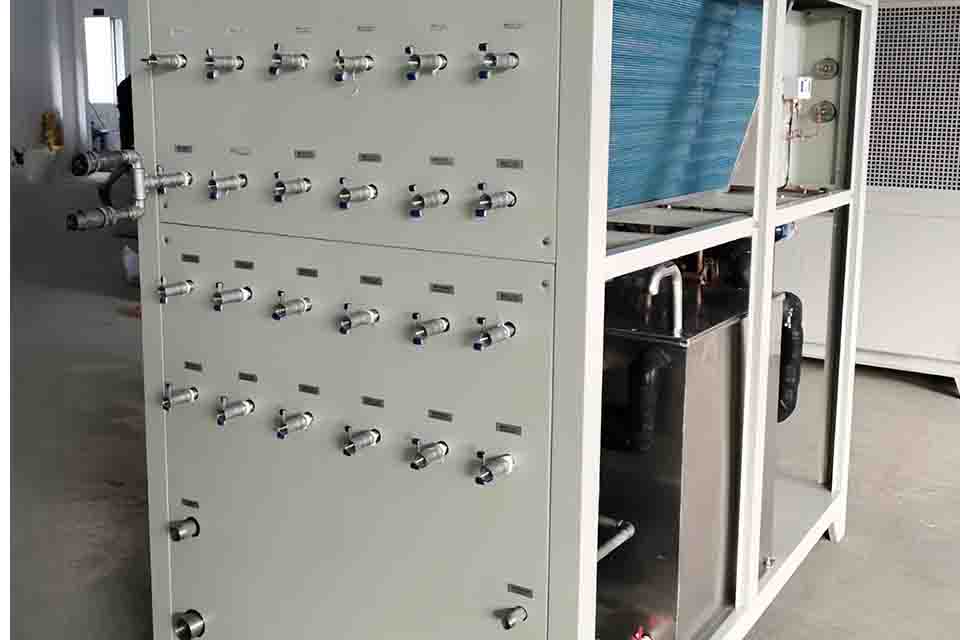
What is the Importance of Flow Rate and Pressure in a Chiller System?
그리고 flow rate, or the 물의 양 circulated through the 냉각기 per unit of time, is another critical factor. It directly impacts the 냉각기‘s ability to 열을 제거하다 from the process. The correct flow rate 보장합니다 물 spends enough time in the 냉각기 to be cooled to the desired temperature.
그리고 pressure the pump can deliver is also important, especially in systems with long hose runs or complex piping. Insufficient pressure can lead to reduced flow rates and inadequate 냉각. It’s essential to select a chiller with a pump that can deliver the required flow rate across the system at the necessary pressure. In my experience, neglecting flow rate and pressure considerations can lead to significant performance issues.
공랭식 대 수냉식 냉각기: 어느 것이 당신에게 맞을까요?
The choice between 공랭식 그리고 수냉식 냉각기 depends on various factors, including the application, the availability of water, the 앰비언트 temperature, and the desired efficiency.
공냉식 냉각기 are generally simpler and have lower maintenance requirements, making them suitable for smaller applications or locations with limited water access. However, they are less 효율적인 in 높은 주변 온도. Water-cooled 냉각기 offer higher efficiency and are preferred for larger industrial applications where 냉각 water is readily available. They are typically installed indoors and offer better performance in hot environments. I’ve often recommended 수냉식 냉각기 to clients with high 냉각 loads and access to a reliable water source.
Here are some additional factors to consider when choosing between 공랭식 그리고 수냉식 냉각기:
- Noise: Air-cooled 냉각기 are typically noisier than 수냉식 냉각기 because they use fans to dissipate heat. This can be a concern in noise-sensitive environments.
- 공간: 공냉식 냉각기 require more space for ventilation than 수냉식 냉각기.
- 부식: Water can be corrosive, which can shorten the lifespan of 수냉식 냉각기 if not properly maintained. Therefore, it is essential to monitor the water quality and use appropriate 부식 inhibitors.
How to Maintain and Troubleshoot Your Chiller?
Regular maintenance is crucial for ensuring the longevity and optimal performance of your 냉각기. This includes cleaning the 응축기 코일, 체크 냉매 levels, inspecting the pump and piping for leaks, and monitoring the 물 quality. A used chiller requires even more attention.
Troubleshooting common issues, such as insufficient 냉각, unusual noises, or leaks, often involves checking the flow rate, 물의 온도및 냉매 levels. In many cases, these issues can be resolved by adjusting settings, cleaning components, or adding 냉매. However, it’s always recommended to consult with a qualified technician for complex problems. My experience has taught me that proactive maintenance can prevent most issues and significantly extend the 냉각기의 수명.
What are the Key Factors to Consider When Choosing a Chiller Manufacturer?
올바른 선택 manufacturer is as important as choosing the 오른쪽 칠러. Look for manufacturers with a proven track record, extensive experience in your industry, and a reputation for producing high-quality, reliable equipment.
Consider factors such as the manufacturer’s warranty, after-sales support, and the availability of spare parts. It’s also beneficial to choose a manufacturer that offers customization options to tailor the 냉각기 to your specific needs. In my experience, working with a reputable manufacturer like us can make a significant difference in the overall performance and reliability of your 냉각기 시스템.
Ready to Optimize Your Cooling System? Contact Us for Expert Guidance
선택 오른쪽 칠러 is a critical decision that impacts your operational efficiency, productivity, and bottom line. At Industrial Water Chiller Manufacturing Plants for products, we understand the complexities involved in selecting and sizing 산업용 냉각기. With years of experience serving diverse industries, including Plastics and Rubber, Machining, 식품 및 음료 산업, Chemical and Pharmaceutical, Electronics, Laser, Printing, Medical, Laboratories and Research Institutions, and Data Centers, we have the expertise to guide you through every step of the process.
Our team of experienced engineers can help you determine the optimal 냉각기 크기 and type for your specific application, taking into account factors such as 냉각 부하, 앰비언트 temperature, flow rate, and pressure requirements. We offer a wide range of 냉각기, 포함 공랭식 and water-cooled units, with various 냉각 용량 available to meet your unique needs.
We pride ourselves on providing personalized service and support, from initial consultation to installation and beyond. Our commitment to quality, reliability, and customer satisfaction sets us apart. We don’t just sell 냉각기; we provide comprehensive 냉각 귀하의 특정 요구 사항에 맞는 맞춤형 솔루션.
Whether you need a standard unit or a customized system, we have the expertise and resources to deliver the perfect 냉각기 for your application. Our website offers detailed information on a wide array of products including 공냉식 스크류 냉각기, 농업용 산업용 냉각기, 수냉식 스크류 중앙 냉각기, 글리콜 냉각기, HVAC 냉각기, 수냉식 스크류 워터 칠러, each designed to meet specific industrial needs. We’re here to help you make the best choice for your business. Let’s work together to optimize your 냉각 시스템 and enhance your operational efficiency.
문의하기 today to discuss your 냉각 needs and discover how our expertise can benefit your operations.
자주 묻는 질문
공랭식과 수랭식 냉각기의 차이점은 무엇인가요?
공냉식 냉각기 use ambient air to remove heat, while water-cooled 냉각기 use water. Water-cooled units are generally more efficient, especially in hot environments, but require a water source.
내 적용 분야에 맞는 적절한 크기의 냉각기를 어떻게 결정합니까?
그리고 정확한 크기 에 따라 달라집니다 냉각 부하, which can be calculated based on the flow rate and temperature difference or the heat generated by your equipment.
What is the importance of flow rate in a chiller system?
유량 determines how quickly the 물 냉각됩니다. correct flow rate ensures the water spends enough time in the 냉각기 to reach the desired temperature.
How does ambient temperature affect chiller performance?
높은 앰비언트 temperatures reduce the efficiency of 공냉식 냉각기, requiring a larger unit to achieve the same 냉각 capacity.
What maintenance is required for chillers?
Regular maintenance includes cleaning 응축기 코일, 체크 냉매 levels, inspecting pumps and piping, and monitoring 물 품질.
Why should I choose Industrial Water Chiller Manufacturing plants for products as my chiller supplier?
We have extensive experience, offer customized solutions, and are committed to quality and customer satisfaction. We provide comprehensive support from selection to installation and beyond.
주요 내용
- 선택 correct chiller size is crucial for optimal performance and efficiency.
- Cooling load, 앰비언트 temperature, flow rate, and pressure are critical factors to consider.
- 공랭식 그리고 수냉식 냉각기 have distinct advantages and disadvantages.
- Regular maintenance is essential for extending 냉각기 lifespan and preventing issues.
- Choosing a reputable manufacturer like us ensures quality, reliability, and expert support.
- There may be other circumstances to think about before making a decision.
By understanding these key concepts and partnering with experienced professionals, you can confidently select the 오른쪽 칠러 for your application, ensuring efficient, reliable, and cost-effective 냉각 for years to come.
